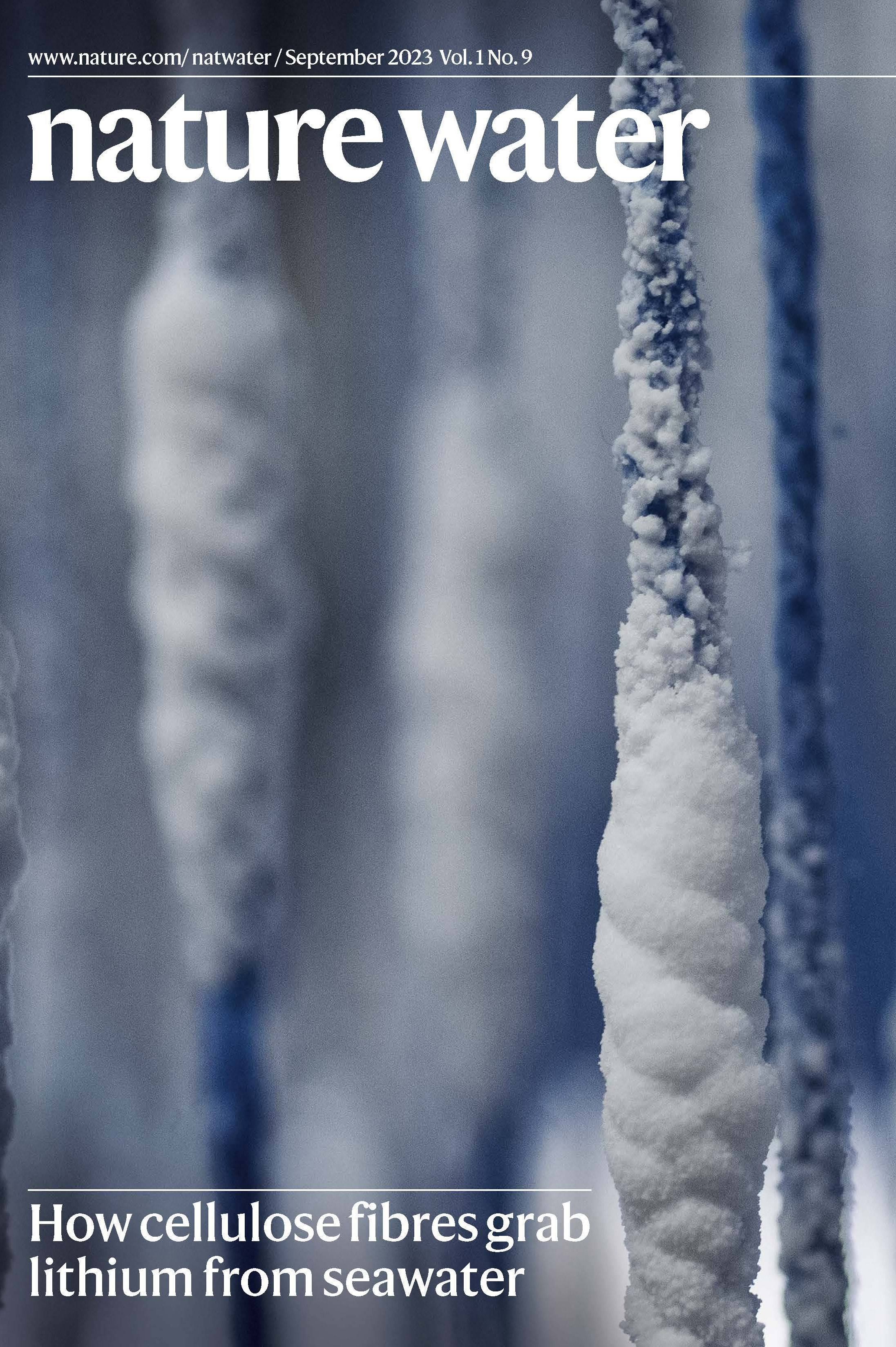News Story
Hu Develops New Lithium Extraction Technique with Princeton Researchers

Salt forms on the surface of lithium strings in the newly-developed extraction approach. Credits to Bumper DeJesus from Princeton University.
A new lithium extraction technique developed by the Department of Materials and Science Engineering (MSE) in collaboration with Princeton University could reduce necessary land for operations by 90% and decrease processing time by more than 20 times.
The extraction of lithium, a key component of batteries that power electric vehicles, currently takes between a month to a year to process. It involves building large evaporation ponds to concentrate lithium from salt flats, salty lakes, groundwater aquifers, among others, and it is only feasible in a few locations around the world, where certain conditions–such as a high concentration of lithium, plentiful land and dry weather– are met for production.
Looking to address this concern, researchers at MSE and Princeton developed a technique that would allow for the use of new sources of lithium, such as disused oil and gas wells and geothermal brines, as well as reduce the amount of land necessary for production and decrease processing time to less than a month. The new technique is also predicted to be feasible in locations with more humid weather.
The method, which was recently published in a Nature Water paper on Sept. 7, was titled “Spatially Separated Crystallization for Selective Lithium Extraction from Saline Water.”
The key element of the technique is a set of porous fibers twisted into strings that were engineered to repel water at the surface level, while absorbing it at the core level. When the strings are submerged in the salt-water solution, the liquid travels up through capillary action and evaporates on the surface, leaving behind salt ions such as sodium and lithium. The water then continues to evaporate, increasing the concentration of salt, eventually forming sodium chloride and lithium chloride crystals on the strings that are easy to harvest.
"The use of long, slim fibers with aligned cellulose nanofibers provides a completely new solution to spatially separate Li in seawater,” said Dr. Liangbing Hu, a co-author of this work and an expert in cellulose materials.
It also allows for the crystallization of lithium and sodium at different locations along the strings, given the components’ different physical properties, which allowed the researchers to collect lithium and sodium individually, a process that would usually require an additional set of chemicals.
This breakthrough technique, which can be executed using affordable materials and technology that don’t need chemical treatments to operate, could eventually be used to increase widespread adoption of more economic electric vehicles.
Published September 20, 2023









